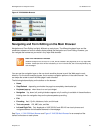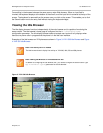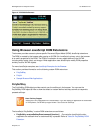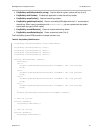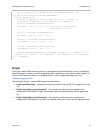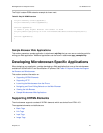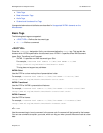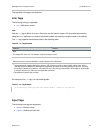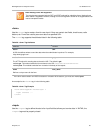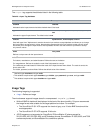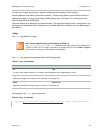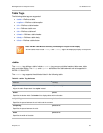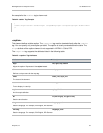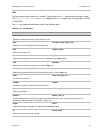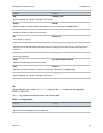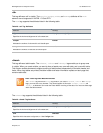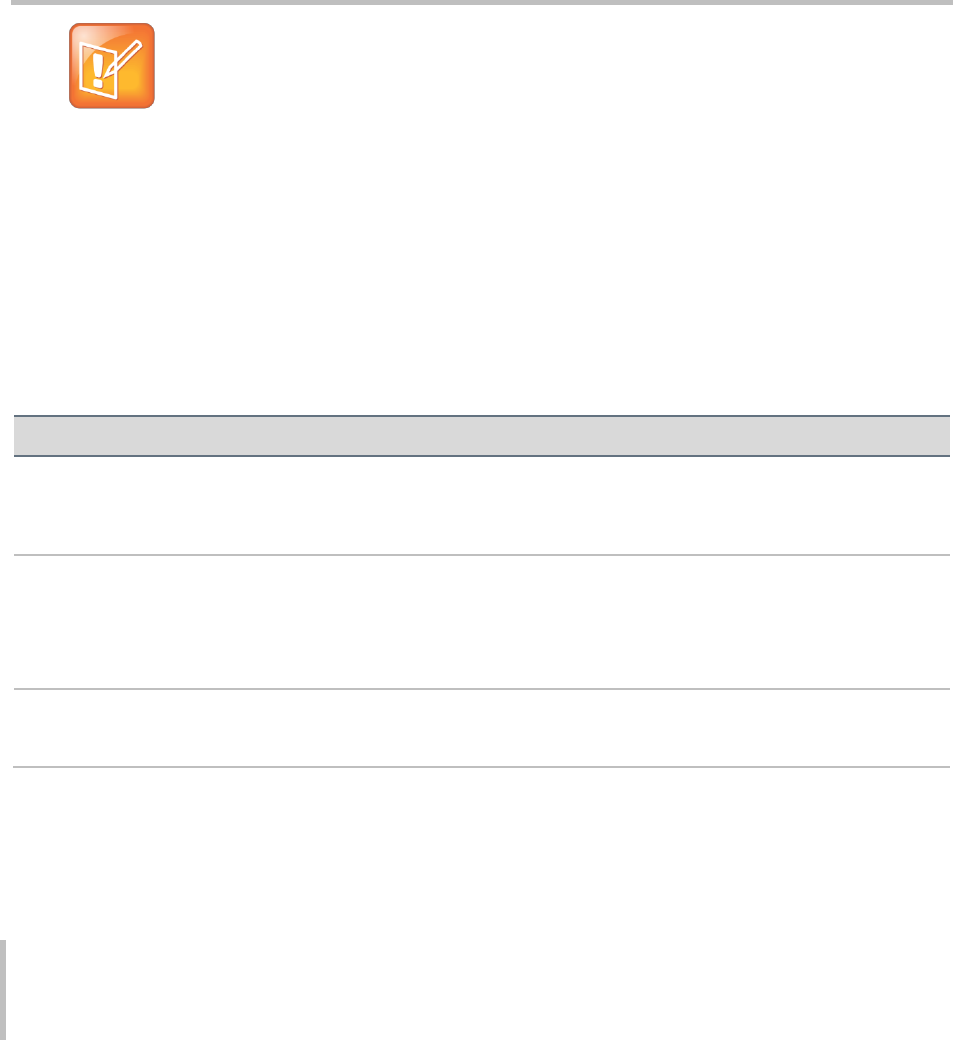
Web Application for Polycom Phones UC Software 5.0.0
Polycom, Inc. 50
Note: Nesting Forms Are Supported
The microbrowser supports both the GET and POST methods for submitting forms. Nesting forms
within tables is supported. However, nesting of one form tag within another is not supported and can
lead to unexpected results.
<form>
Use the <form> tag to create a form for user input. A form can contain text fields, check boxes, radio
buttons, etc. Forms are used to pass user data to a specified URL.
The <form> tag supports the attributes listed in the following table.
Table 38: <form> Tag Attributes
Attribute
Value(s)
action
URL
A URL that defines where to send the data when the submit button is pushed. For example,
‘http://www.google.com’.
method
1
get, post
The HTTP method for sending data to the action URL. The default is get.
method=get: This method sends the form contents in the URL: URL?name=value&name=value.
method=post: This method sends the form contents in the body of the request.
name
form_name
Defines a unique name for the form.
1
If the form values contain non-ASCII characters or exceeds 100 characters, you must use method=post.
An example for the <form> tag is in the following table.
Table 39: <form> Tag Example
<form name=”appForm” method=”get” >
Input elements …..
</form>
<input>
Use the <input> tag to define the start of an input field that allows you to enter data. In XHTML, the
<input> tag must be properly closed.



